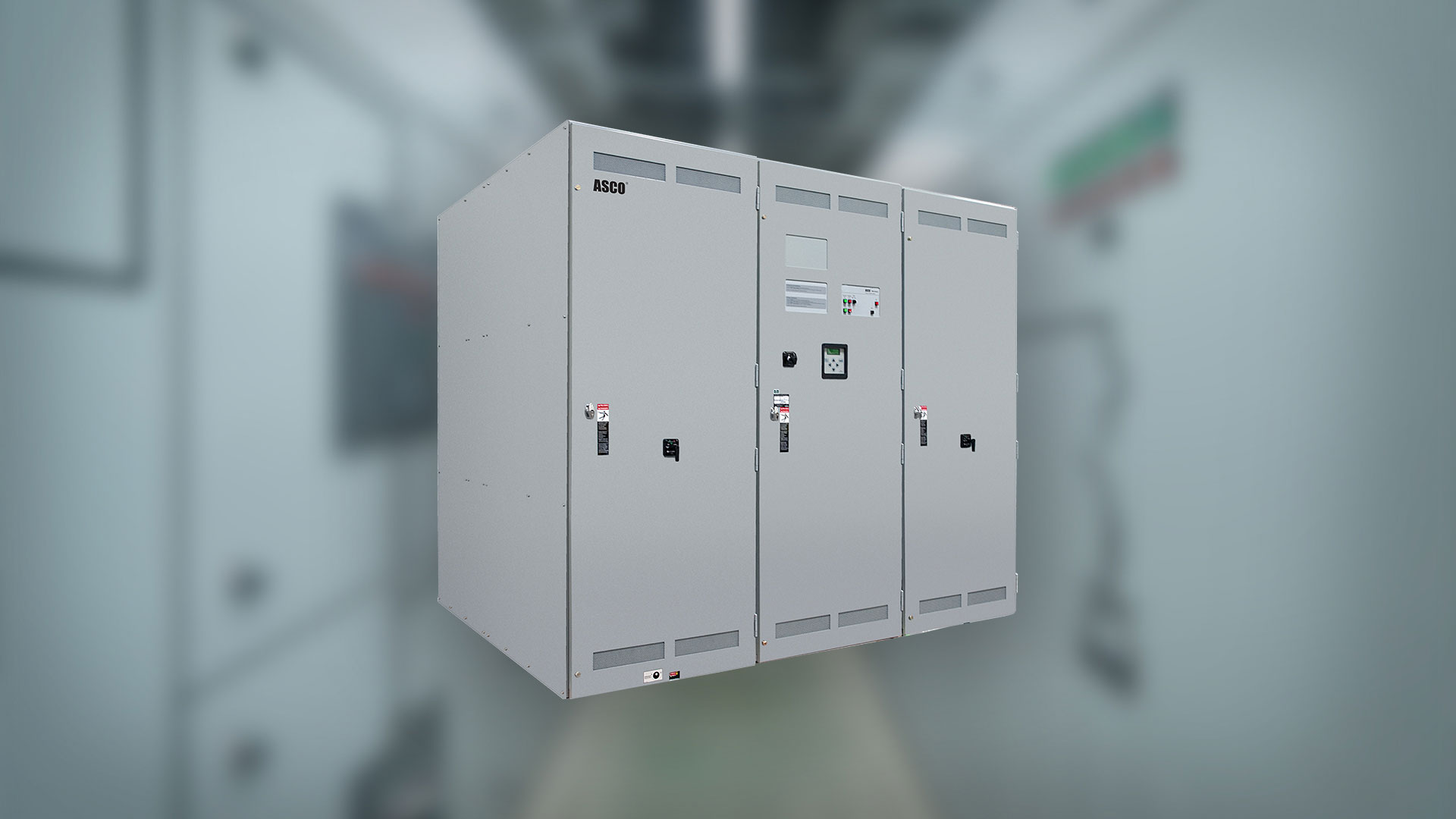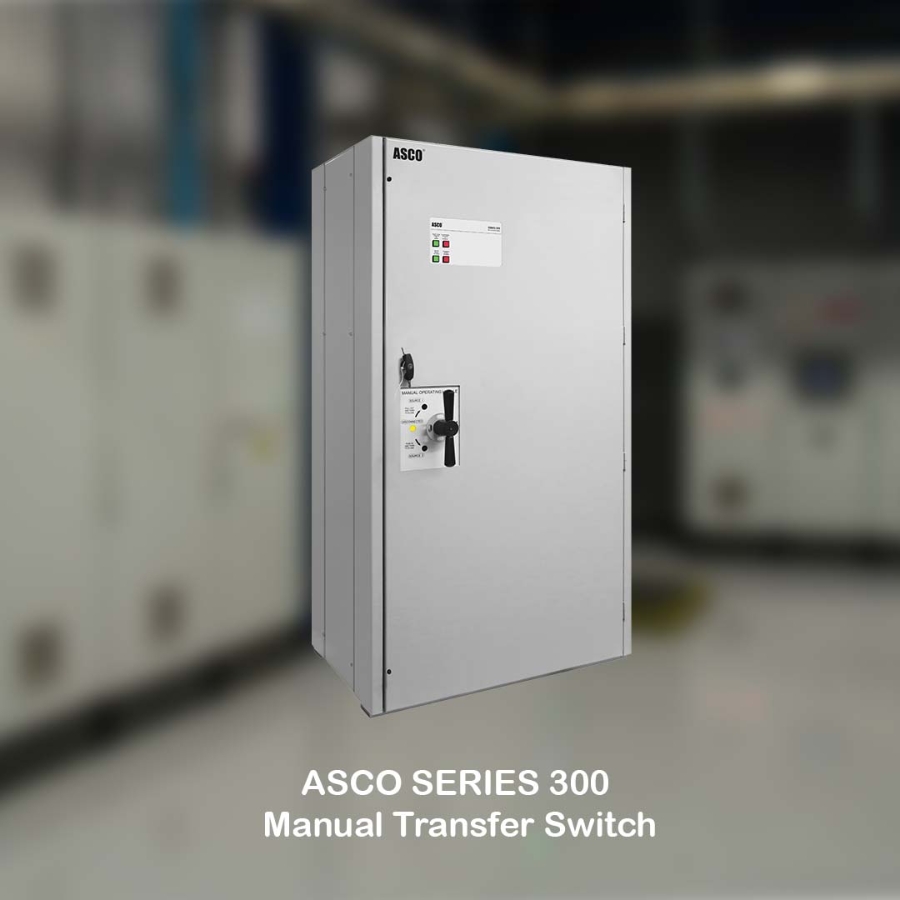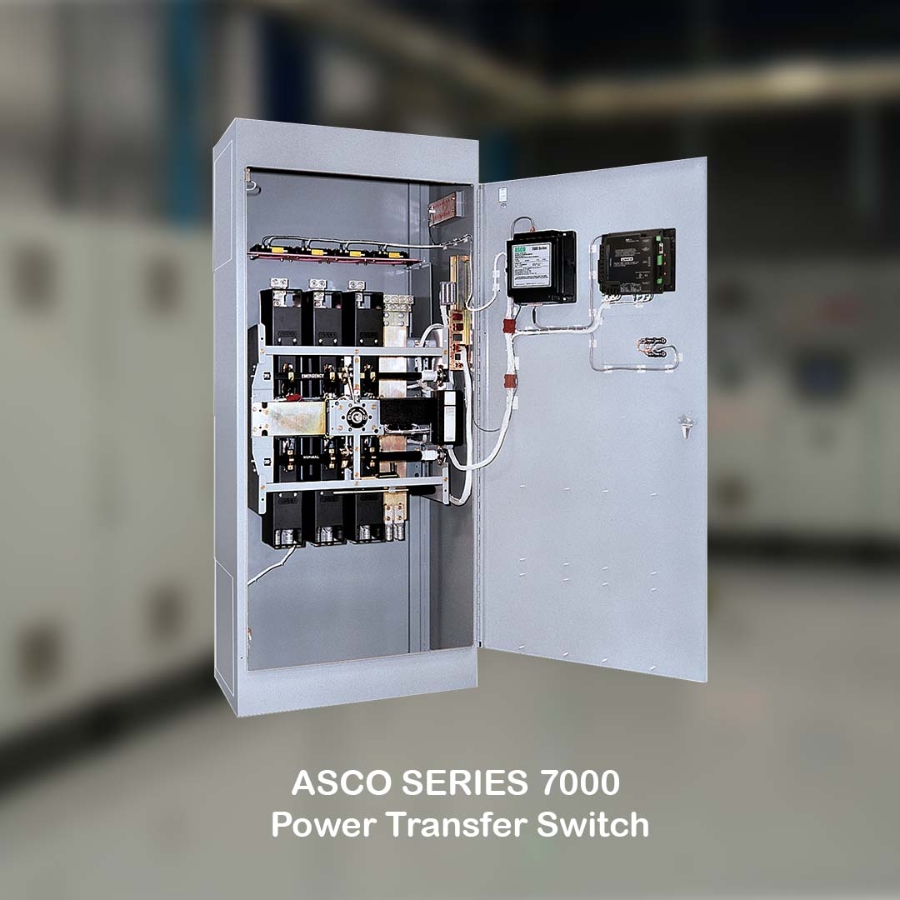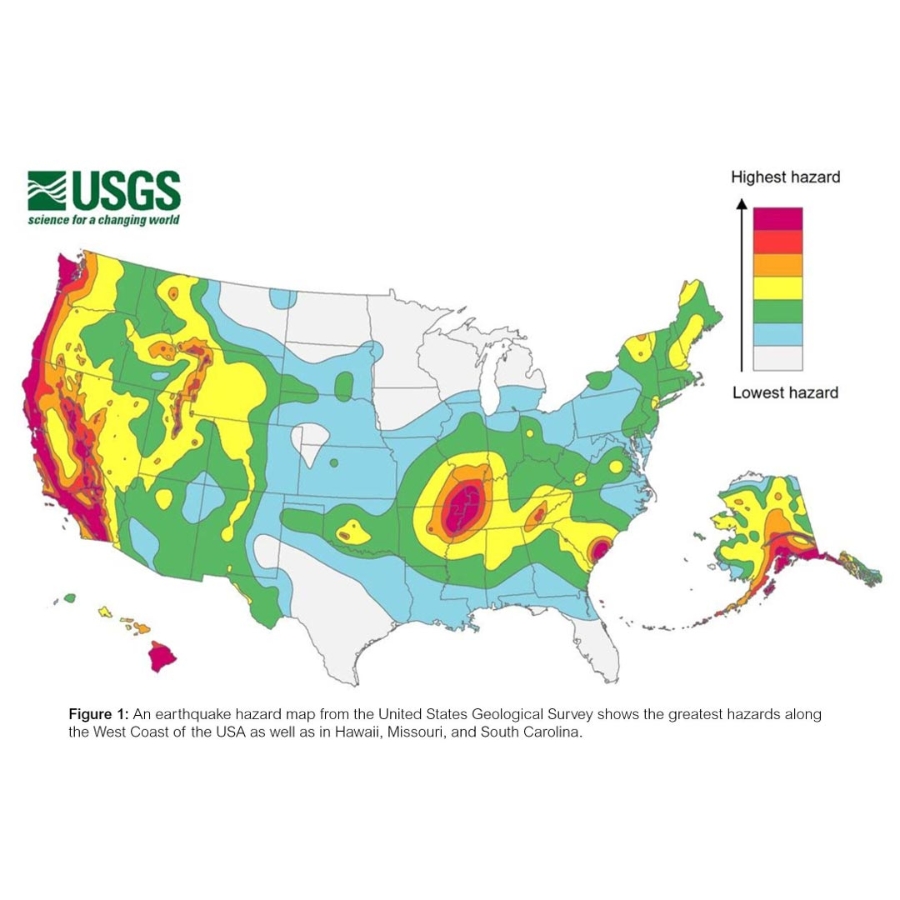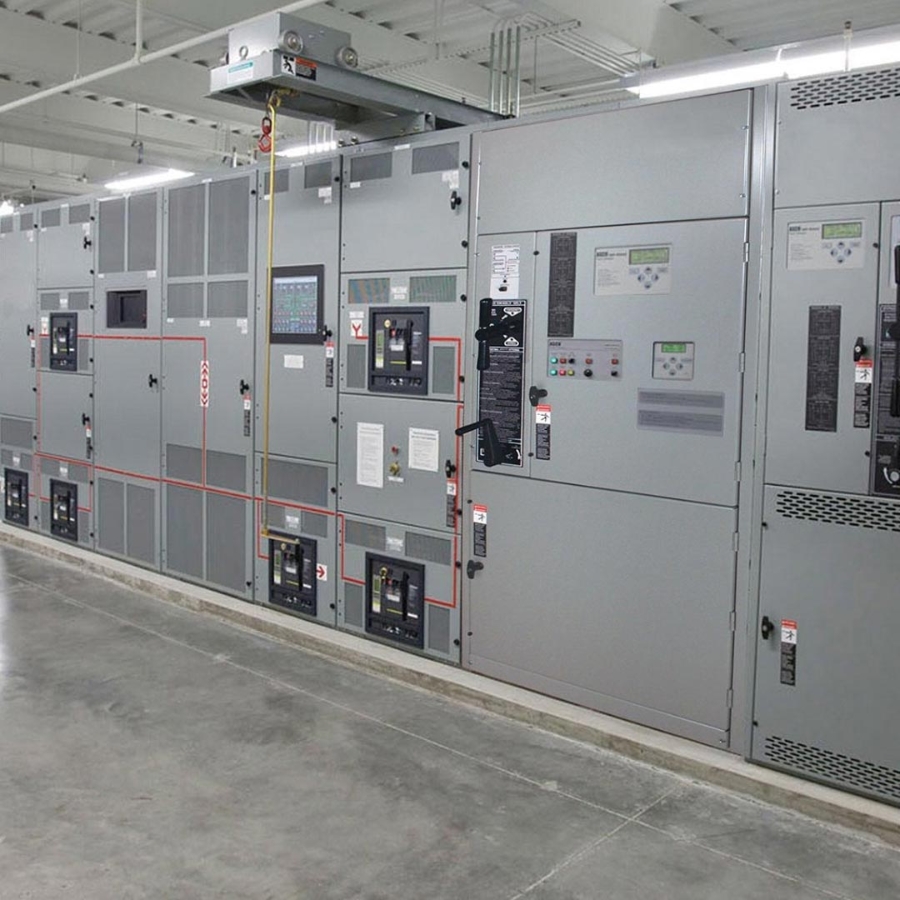Power outages caused by extreme weather events have seen a significant increase, with a reported spike of 67% according to a study by Climate Central. These occurrences have underscored the need for reliable backup power supplies to ensure continuous operation of mission-critical facilities, businesses, and homes during such outages. Emergency generators play a crucial role in providing backup power, but connecting them effectively to the equipment they serve requires the use of transfer switches.
Definition
A transfer switch is a device designed to transfer electrical loads between power sources, such as utility power and generator power. During a power outage, it is utilized to connect electrical loads to a backup power source, typically a generator. Depending on the selected transition mode , the transfer switch can facilitate this transfer without impacting downstream equipment or by introducing a strategic delay. Additionally, transfer switches prevent generators from back-feeding power into the grid, promoting safety objectives.
Incorporating transfer switches into electrical systems helps ensure compliance with relevant electrical codes and standards. For instance, the National Electric Code® mandates the use of a permanent switching means to connect a contingent power source in establishments with a single generator. When coupled with a connection panel, this best practice allows for the reliable provision of temporary power to homes and businesses during emergency situations, enabling quick connections and minimizing downtime.
Transfer switches find application in various settings, making them a versatile device in electrical power distribution. They can be integrated into the following environments:
Data Centers
Transfer switches are essential in data centers to ensure uninterrupted power supply, protecting critical servers and equipment from outages.
Commercial Buildings
Businesses heavily rely on continuous power for their operations. Transfer switches enable a seamless transition to backup power, avoiding disruptions and potential financial losses for business owners that are operating in commercial buildings .
Small Businesses
Even smaller establishments require backup power solutions to safeguard against power outages. Transfer switches enable efficient power transfer, ensuring essential systems and equipment remain operational.
Hospitals
Uninterrupted power is of utmost importance in medical facilities. Transfer switches facilitate a swift transfer to backup power sources in hospitals , preserving the operation of critical medical equipment and life support systems.
Residences
Homeowners can benefit from transfer switches, which provide a reliable connection between generators and essential household equipment during power outages.
Water Treatment Plants
Continuous power is crucial for water treatment plants to maintain essential operations. Transfer switches ensure a seamless transition to backup power sources, preventing interruptions in the treatment process.
Telecommunication Facilities
Transfer switches play a vital role in telecommunications to ensure uninterrupted communication services during power outages.
The operation of transfer switches is relatively straightforward. These devices are installed between a building's power distribution system and its power sources. Their purpose is to transfer the electrical load of a facility between power sources, thereby connecting an active source of power. This is achieved through a mechanism within the switch that disconnects the electrical load from one source and connects it to another, ensuring a smooth transition.
It is important to note that transfer switches should not be confused with circuit breakers. Circuit breakers are designed to protect electrical circuits from overloads by opening to interrupt power flow when overcurrents occur. In contrast, transfer switches are responsible for connecting a power source to a circuit, even when overcurrents up to the device's maximum ratings are present.
Transfer switches are available in different types to suit various needs:


